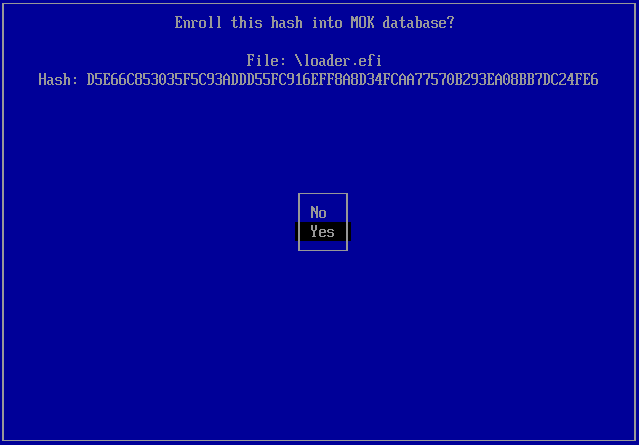

This describes how the BIOS can find the OS boot loader within the ISO9660 filesystem on the optical media. I think more modern systems are able to use GRUB in a relatively media-independent way, but I haven't followed this area enough to understand how GRUB is able to be so media-independent.ĬD-ROMs and some other boot media use something called the El Torito standard ( ), which is so named because a bunch of computer industry people - I think in 1993 or 1994 or something? - got together at a restaurant called El Torito to hash out the details. My recollection of the details of the exact problems with this has grown a little hazy, though. I think LILO was less widely used on live CDs because BIOSes had trouble letting it access CD-ROMs. I'm not positive what other systems used. The Linuxcare bootable business card always used ISOLINUX and it was very pleasant (as it could read ISO9660 filesystems to find various objects on them, such as kernel and root filesystem images).

While it didn't have a GUI, like the QNX floppy, you could do quite a bit with it! It had the motto "the most Linux on 1 floppy disk", later modified to "the most GNU/Linux on 1 floppy disk". I don't know my Knoppix history very well, but I think I saw some form of Knoppix as early as 1997!Įdit 2: According to Wikipedia my recollection may be wrong because the first known official Knoppix release is 2000 (though that's version 1.3, so maybe there was a 1.0 sometime before that?) See and (amazing to see that Knoppix is still being actively developed to this day!).Įdit 3: Thanks to someone elsewhere in this thread for mentioning tomsrtbt by Tom Oehser ( ), which was also definitely an inspiration for the Linuxcare distribution. I think it was probably an inspiration for the Linuxcare group.
#How to netboot knoppix linux password
At Linuxcare we heard from a lot of IT desktop support people who were regularly using the bootable business card to fix/back up Linux and Windows systems, or sometimes for forensics, lost password resets, or other creative applications.Įdit: Knoppix existed slightly earlier than the Linuxcare project, even though it adopted that one particular cloop technology from us. I think you could still do quite a lot with a live USB system today.

I think there are several things that have followed cloop, directly or indirectly inspired by it. In general, doing better than raw ISO9660 for read-only file storage was an important challenge for would-be tiny live and embedded Linux systems.
#How to netboot knoppix linux software
It added transparent gzip compression to the loopback filesystem mount concept and I think it allowed us to ship about twice as much software on a 50 megabyte CD-ROM! (And similarly, Knoppix could then ship about twice as much software on a full-size CD-ROM.) Knoppix (developed by Klaus Knopper) ended up using the cloop driver, which Rusty Russell originally wrote for LNX-BBC. I was the lead developer of the Linuxcare business card and the later LNX-BBC, and I also want to mention that Knoppix is a huge name in Linux live CD history.


 0 kommentar(er)
0 kommentar(er)
